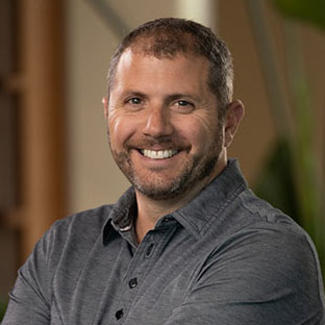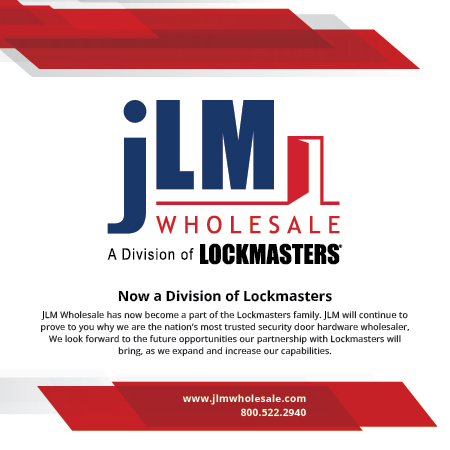Driving for Improvements
To pull a phrase from a post I wrote a few years back, “Here we go again—another year, another goal.”
The year is over, there’s a twinge of momentary relief, and then it’s time to start back up again, only this time with a new end goal in mind. I liken this to a car race. Each quarter is a lap. You’ve got to keep the car tuned up, push to go faster and harder, and know when to make strategic pit stops to stay at the front of the pack.
Learning from Ford vs. Ferrari
But as always, this whole process is a lot easier said than done. As you drive for improvements and efficiencies in your business, some things will work, and some won’t. In the push to get leaner and faster, the car you’re driving also has to become more reliable. It has to be able to driver harder for longer. It’s a classic Ford vs. Ferrari situation. If you’re not familiar with the story, Henry II’s push to manufacture a car that would take first at the 24 Hours of Le Mans and beat out Enzo Ferrari’s team led to a really fast—but unreliable—car. Even keeping it firmly on the tarmac was a challenge.
So, the Ford team reevaluated. They collected and analyzed data, collaborated across multiple departments and developed new parts to reinvent the GT40, ultimately creating a car that was as sound as it was fast (I’m not doing the full story justice or giving enough credit to the drivers, so go watch the movie on it this weekend).
Giving company processes a ‘tune-up’
While of course most of us aren’t working on a flashy car, bringing processes and support in line with outcomes is still just as important in the glazing industry. Take the example of cutting lead times. Shorter lead times mean more product out the door to customers and more room for new business. This is good for all parties. But this beneficial change has far-reaching impacts. Speeding up one part of the process means all the others have to adjust in tandem to support the change. The engineering team has to adapt and maintain quality controls while improving throughput and cycle times. The supply chain has to get nimbler and manage inventory differently. This puts a new focus on sales and project management for forecasting. It also translates to new tactics for managing rush requirements. And the cycle goes on.
This year, it’s going to be especially important to take time for these strategic check-ins and ensure a leaner, faster and more reliable mindset as we pass by each “lap” in the year. Glass Magazine’s (pg. 54) annual forecast for the glazing industry shows that many firms are reporting optimism for 2021. Their survey results also indicate many companies are entering the year with a strong backlog. But project deferrals, disruptions to the workforce and supply chain interruptions don’t look like they’ll be going anywhere anytime soon. This means many of us are going to be flexing our adaptability muscles. As we continually shift and align our goals with the market and industry needs, it will be essential to address how these adjustments are being supported throughout the entire business model.
To revisit the car analogy, are you taking advantage of technology where you can and leveraging the expertise of good mechanics? Are you looking at the dashboard to see how your business is performing? Better yet, are you sharing this critical performance data with your team and partners—whether they’re manufacturers, engineers, glaziers or suppliers? Do you have sufficient fuel? Are you going the right speed? And of course, where are you focusing your attention? Are you looking though the rear-view mirror or the windshield? Both have advantages at different stages of the goal setting and outcome fulfillment process.
Bottom line, there will always be urgent demands on your time, but without making time for these internal tune-ups, you’ll end up just being fast, rather than being effective.
Here’s to a productive year ahead! I hope I got your wheels turning…no pun intended.

